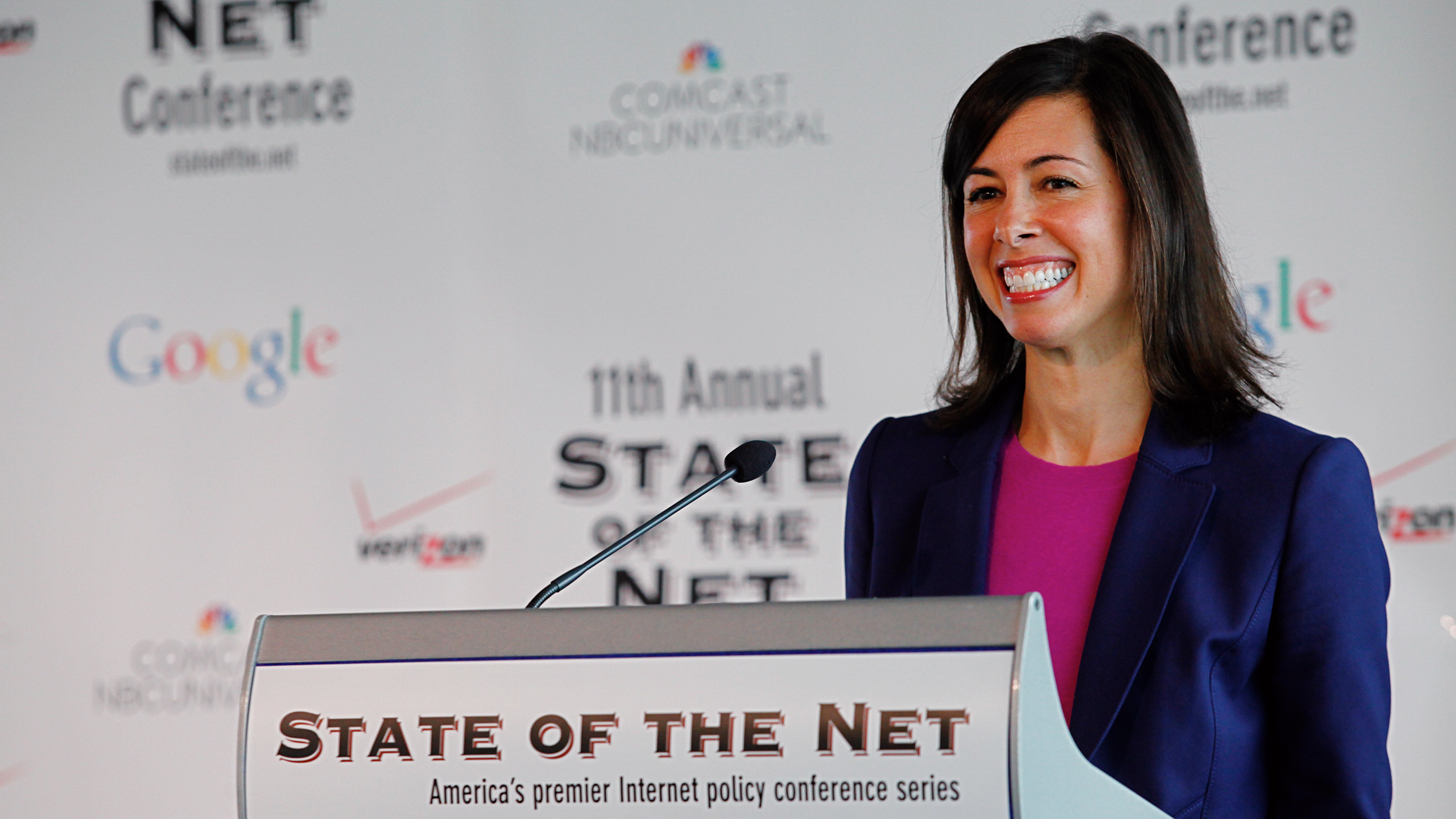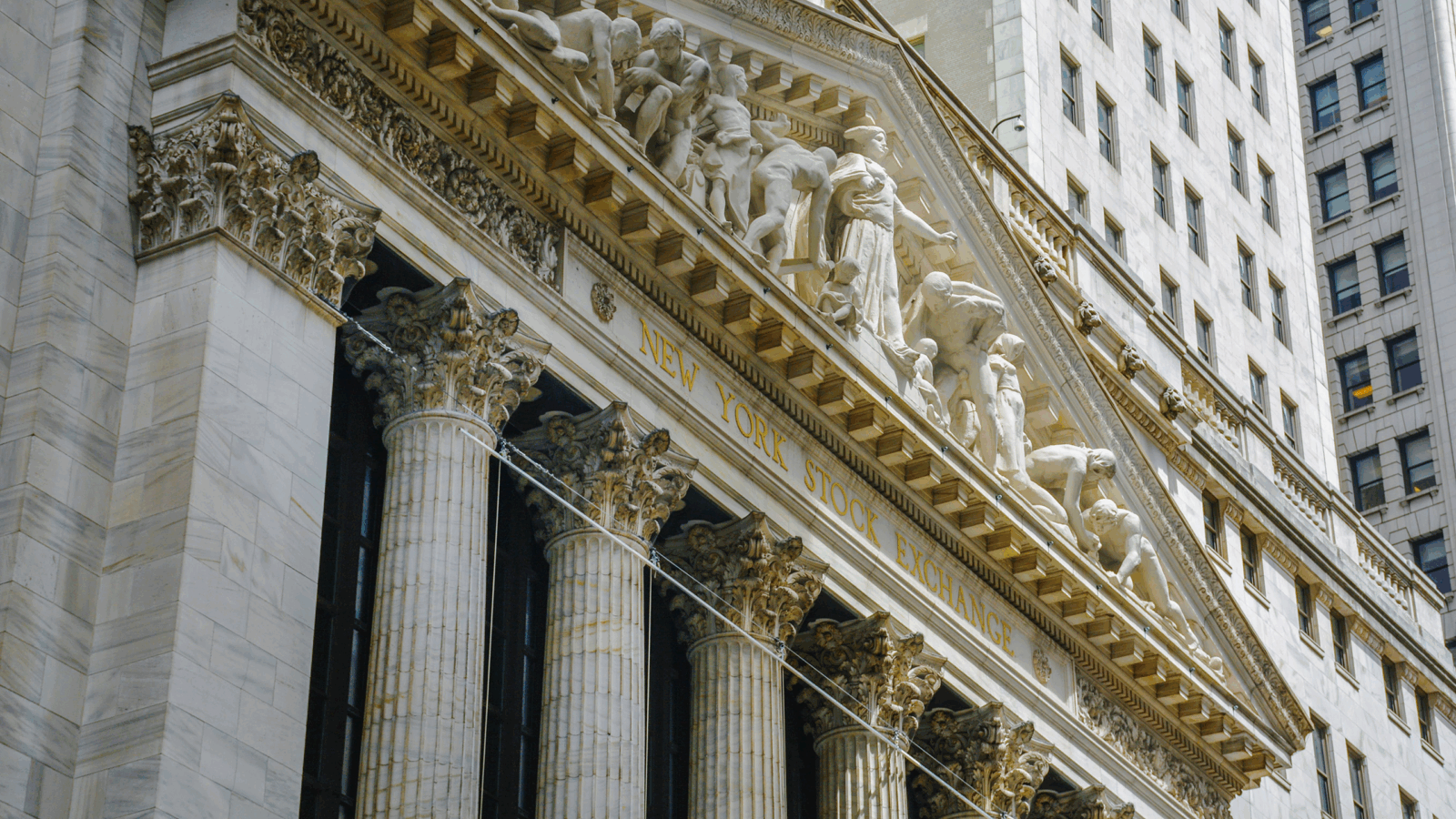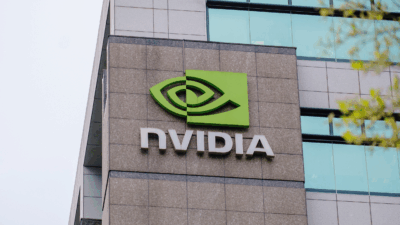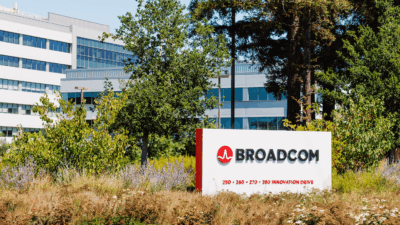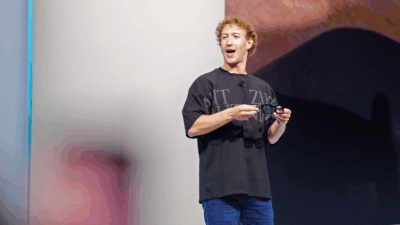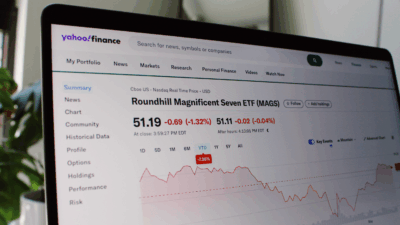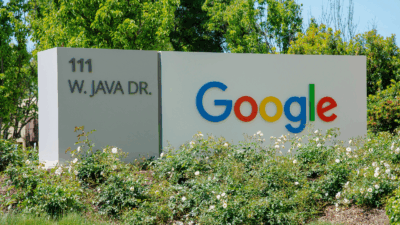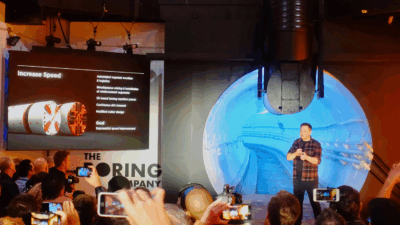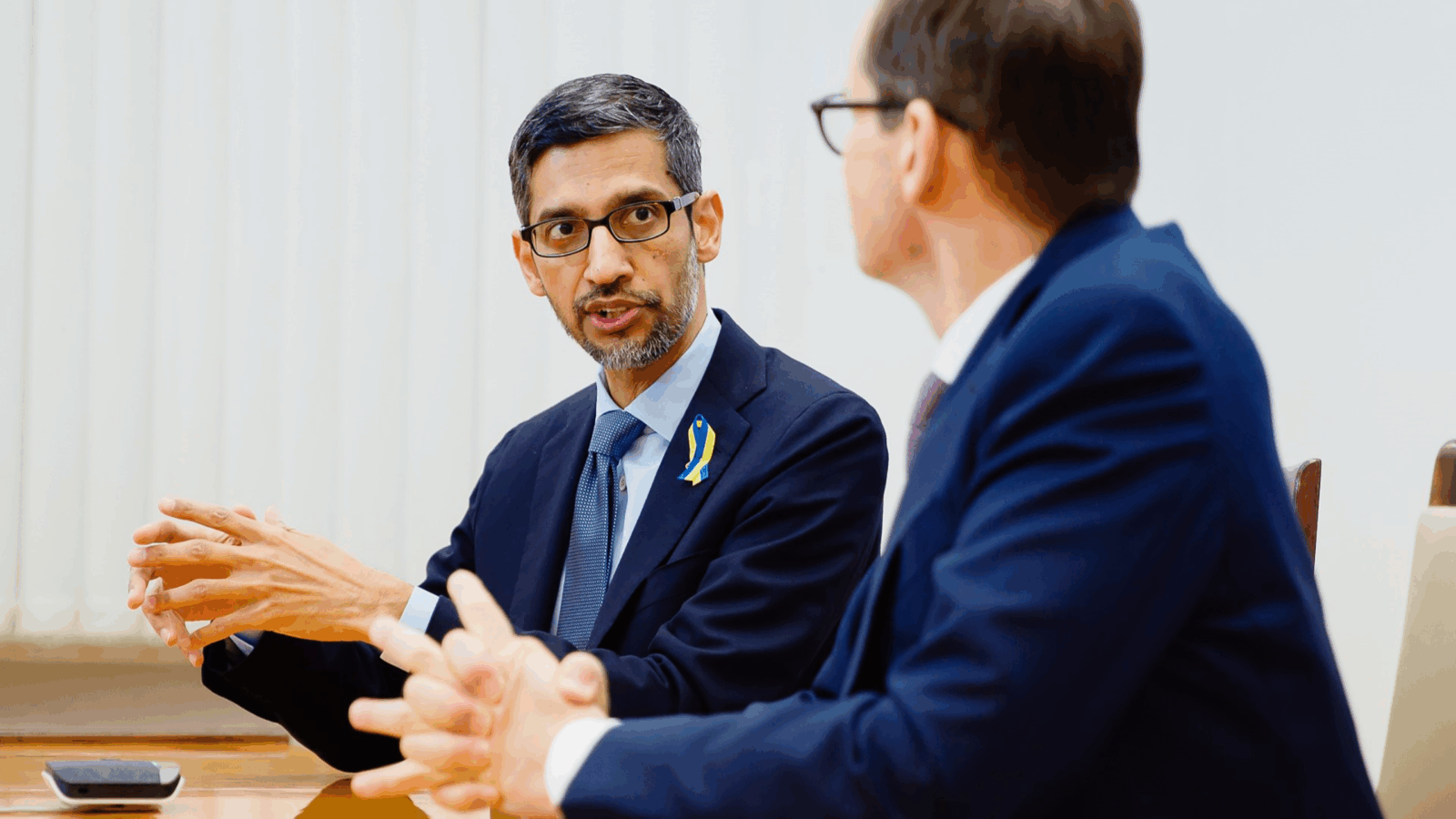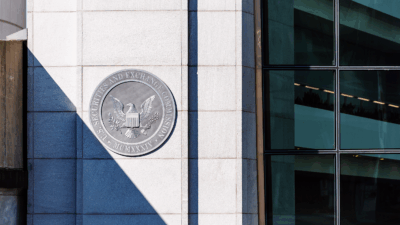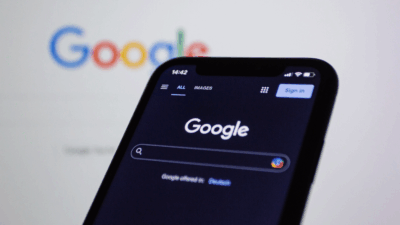FCC Votes to Restore Net Neutrality
When the rules are in place, internet service providers must allow equal access to all websites and domains.
Sign up for smart news, insights, and analysis on the biggest financial stories of the day.
The internet superhighway is flowing freely again.
On Thursday, the Federal Communications Commission voted 3-2 to classify the internet as a public utility, in effect restoring “net neutrality” rules first established in 2015 and then repealed in 2017 under the Trump administration. Still, at least one significant loophole may remain.
Neutral Observer
So what the heck was net neutrality all about anyway? When the rules are in place, internet service providers (ISPs) must allow equal access to all websites and domains, allowing for some “reasonable network management.” Without the rule, proponents say, internet service plans look a lot more like cable bundles: For $80 a month, you could earn high-speed access to Facebook and Google, but maybe not Netflix or TikTok. Or maybe Comcast could throttle access to competitor Disney+ while opening the traffic lanes for subsidiary Peacock.
AT&T, for example, began doing just that, allowing users to stream content from subsidiary DirecTV without having it count against monthly data caps, a move sometimes referred to as “zero rating.” The company dropped the promotion nationwide in 2021 when California passed its own net neutrality law. “[ISPs] have started to slowly exploit this lack of oversight and limit what people can do online,” Barbara Van Schewick, a law professor and Director of Stanford Law School’s Center for Internet and Society, said in an appearance on NPR’s Planet Money in October, likening users to a frog in a slowly boiling pot of water.
The final language included in Thursday’s restoration ruling has yet to be released, but a draft earlier this month showed most of the rules in the 2015 order will be returning — with one potential major exception:
- While the draft rules barred ISPs from favoring certain sites by blocking or throttling access to other sites, it allows some wiggle room for what is sometimes called “fast lanes” or “network slices” — which essentially grant favorable traffic rights.
- Because internet bandwidth is finite, some critics, like the Electronic Frontier Foundation, a nonprofit focused on digital civil liberties, see fast lanes as no different than throttling — and consider its allowance a major loophole.
In an email to The Daily Upside, the EFF said, “We’re glad that the FCC voted to restore net neutrality protections and look forward to reading the final rule.”
Fire Season: The 2017 repeal, known as the Restoring Internet Freedom Order, also included language that stripped away most of the FCC’s authority to oversee the ISP industry. That meant no federal body could step in and mediate a high-profile 2018 dispute between Verizon and the fire department in Santa Clara, California, when the department saw its internet speeds throttled down to dial-up levels amid the then-worst wildfires in state history. “This is where [the Restoring Internet Freedom Order] leaves us: a for-profit company getting to make public safety determinations,” the EFF wrote at the time.
